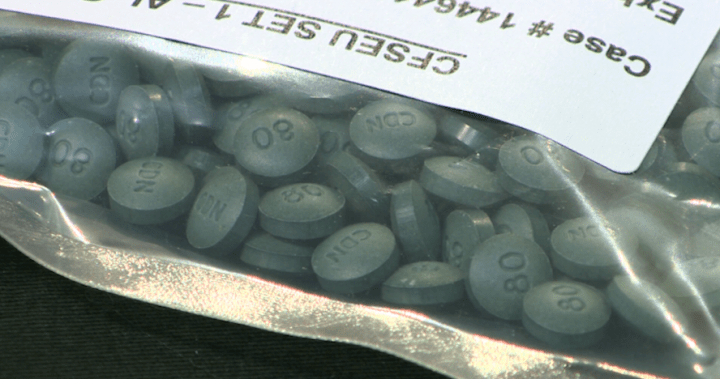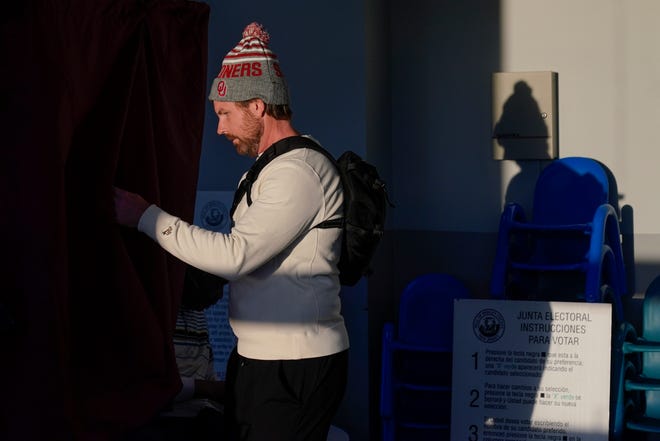The Ordeal of Vernon Oneal: The Story of President Kennedy’s First Casket
November 22, 1963. Even before President Kennedy’s near-lifeless body was removed from the presidential limousine at Parkland Hospital, United Press International’s initial reports that “three shots were fired at President John F. Kennedy’s motorcade today” was racing across teletype machines nationwide. Holding a transistor radio to his ear, one among the millions of Americans who monitored the breaking news was Vernon B. Oneal, a Dallas funeral director whose business also included an ambulance service.
At approximately 12:46 CST, only sixteen minutes after JFK was shot, and 47 minutes before Assistant White House Secretary Malcolm Kilduff officially announced the President’s death to the world, Oneal’s telephone rang. It was Secret Service agent Clint Hill calling from Parkland Hospital, advising Oneal to select his best casket and transport it to the hospital “as soon as possible.”
“Is it for the President?” Oneal asked.
“Yes,” Hill replied, “it is for the President of the United States.”
Grasping the urgency of Hill’s directive, Oneal bolted into his showroom and selected his signature model, an eight hundred pound solid bronze casket named the “Brittania”. Manufactured by the Elgin Casket Company, it was double-walled and could be hermetically sealed. Fit for a president or king, Oneal’s price was $3,995.
As his profession dictated, Vernon Oneal was prepared to discreetly comfort and assist the bereaved Kennedy family in every way possible. At Parkland, he whispered words of sympathy to Jacqueline Kennedy. He and two of his associates were then assisted by nurses in carefully wrapping JFK’s remains in several sheets and plastic, hoping the blood and brain matter still seeping from the massive wound in the President’s head would not stain the casket’s plush satin shirring.
Before departing Parkland Oneal dutifully stood by Mrs. Kennedy and the casket as the late President’s White House aides and Secret Service agents endured an ugly shouting match with a local official named Dr. Earl Rose, who insisted that JFK’s body must, by law, be held for autopsy in Dallas County. Oneal had every right to assume that his services would continue to be required all the way to President Kennedy’s burial site, and he wanted Mrs. Kennedy to be assured of his loyalty and respect; the full scope of his establishment’s services were at her solicitation, and the man was determined to go to any avail, whether the funeral be held in Washington or Massachusetts, to satisfy her every wish.
Then, suddenly, Oneal’s hopes were dashed. The Secret Service agents and JFK’s most loyal aides had no sooner brushed Dr. Rose aside when the casket containing the assassinated President was precipitously loaded into the rear of his Cadillac hearse, the same vehicle he and his personnel used to deliver the bronze coffin to Parkland Hospital. It had been Oneal’s intention to drive Kennedy’s body directly to his funeral home for embalming and the scheduling of funeral arrangements, but the Secret Service commandeered the hearse and an agent advised him to follow in another car, neglecting to tell Oneal that their true destination was Air Force One at Love Field airport.
Along with a police motorcycle escort, three cars began pulling out of Parkland’s service road: Oneal’s hearse, a car full of Secret Service agents and JFK’s aides, and the last carrying Oneal and two of his employees. The funeral director sensed something serious was amiss when he observed his hearse turn left in the direction of the airport rather than right to his mortuary. Agents in the second vehicle radioed their counterparts at Love Field, instructing them to permit “the first two cars only” beyond the airport fence near Air Force One. Under no circumstances would Oneal and his employees, or any other vehicle, be allowed to enter the area near the presidential jet.
Sure enough, agents let the first two cars pass through a fence within view of the aircraft, but halted Oneal’s sedan. The undertaker was furious, and justifiably so. The martyred President was inside his casket and his coach, both supposedly bound for his funeral home. The agents ignored his protests, leaving Dallas police officers to assure the beleaguered businessman that the hearse would be returned to him the moment Air Force One took flight. Vernon Oneal felt like a spare tire. The United States government had used him to the extent their primary requirements were satisfied – later dumping him at the gate.
Perhaps the ultimate insult to Vernon Oneal involved payment of the coffin itself. He repeatedly sent a $3,900 bill to Jacqueline Kennedy for nearly a year but she never replied. Finally, fourteen months after JFK’s assassination, in January 1965, the federal government paid him a sum of $3,160. But by then Oneal was living a public relations nightmare; his attempts to collect payment from Mrs. Kennedy were widely published and his mortuary suffered an agonizing 50 percent drop in business.
Interestingly, Oneal’s casket was not used in the interment of John Fitzgerald Kennedy at Arlington National Cemetery. Its handles and finish were damaged at Love Field as the Secret Service agents hurriedly struggled to maneuver through Air Force One’s narrow doorway. In addition, blood from Kennedy’s head wound did ooze through the protective sheets and plastic, ruining the casket’s satin interior. The flaws were noted prior to the autopsy at Bethesda Naval Hospital, resulting in JFK’s closest aides picking out a new, more expensive casket at Gawler Funeral Home in Washington’s Georgetown district, being a more exquisite example made of five-hundred-year-old African mahogany. Gawler also prepared the late President’s body for burial following an autopsy at Bethesda.
For many years the whereabouts of the Oneal casket remained a closely-guarded secret. Understandably, the Kennedy family didn’t want the artifact to fall into the wrong hands and become a gruesome sideshow relic. It was eventually disclosed that, in 1966, the casket was purposely loaded aboard a C-130 Air Force transport plane and unceremoniously deposited into the depths of the Atlantic Ocean, never to be seen again.




